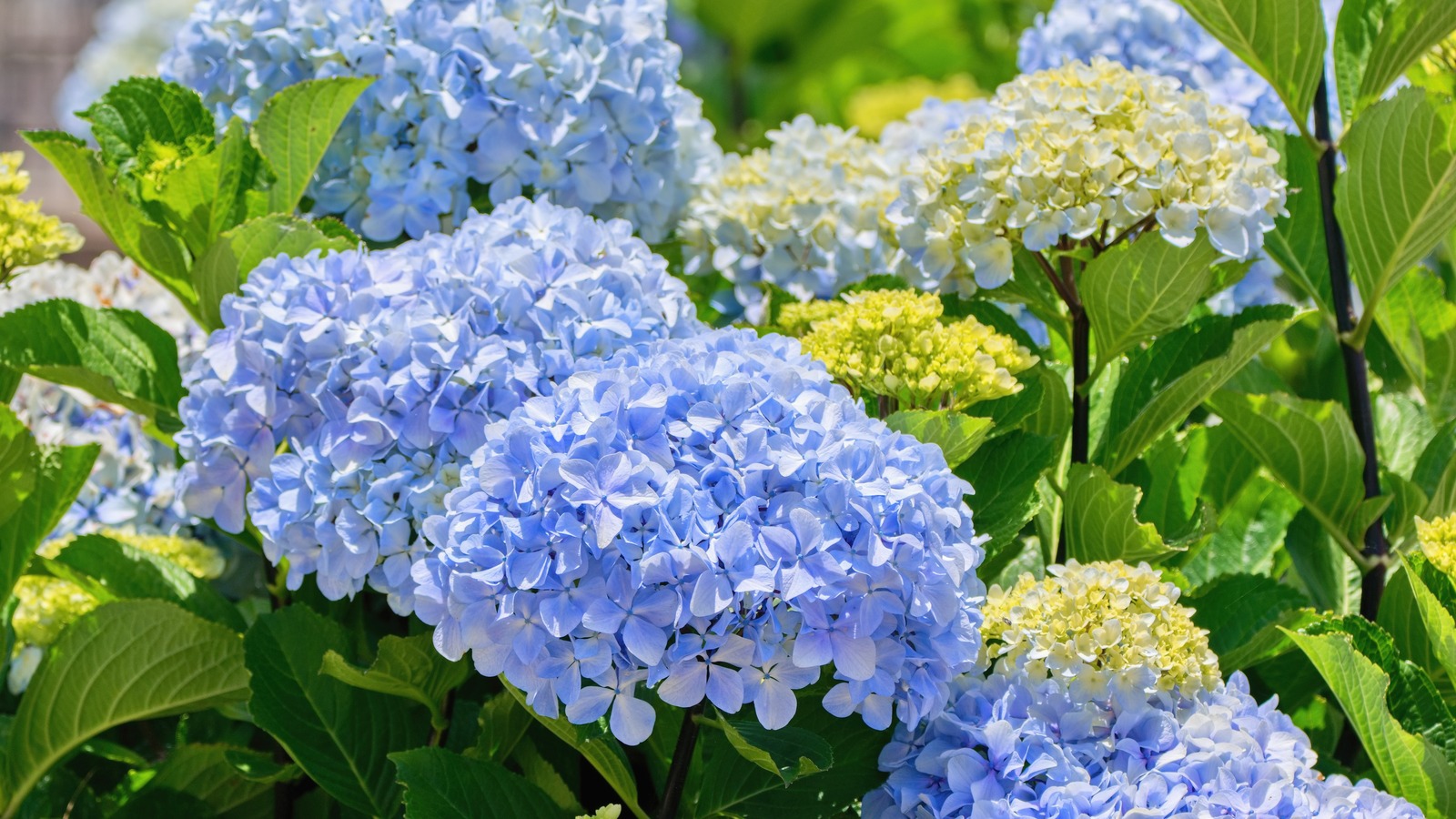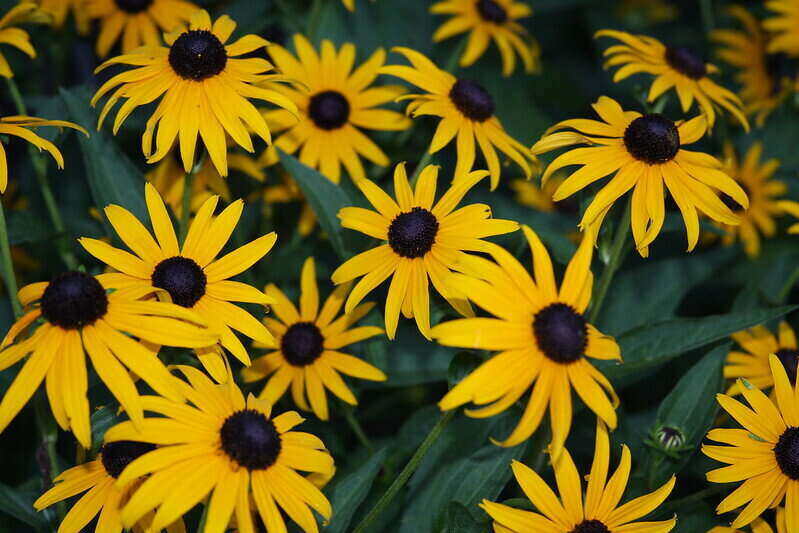By nature, clay soil can be difficult to work with if you don’t know the right plants to grow in your garden. However, planting in clay soil is not as limiting or challenging as you might think. With an understanding of some of the plants that grow best in clay soil, you’ll be able to create a garden that will have your neighbors asking what’s your secret. In this article, we’ll cover:
Hey there, fellow garden enthusiasts! I’ve been getting tons of questions about growing hydrangeas in clay soil, and today I’m gonna spill all the dirt (pun intended!) on this topic. As someone who’s battled with stubborn clay soil in my garden for years, I’m excited to share what actually works.
The Surprising Truth About Clay Soil
Here’s something that blew my mind when I first learned it Clay soil isn’t actually the garden villain we’ve made it out to be! Let me explain why
Benefits of Clay Soil for Hydrangeas:
- Holds water like a champ (bye-bye drought stress!)
- Packed with essential nutrients
- Provides stable support for root systems
- Creates a strong foundation for large shrubs
Best Hydrangea Types for Clay Soil
Let’s talk about the star of the show – the Smooth Hydrangea (also known as Annabelle hydrangea). These beauties are absolute champions when it comes to clay soil conditions. Here’s why we love ’em:
Smooth Hydrangea Varieties That Rock Clay Soil:
-
Incrediball® Series
- Super strong stems
- Won’t flop after rain
- Massive blooms
- Perfect for both North and South regions
-
Invincibelle® Series
- Multiple color options
- Sturdy growth habit
- Reliable blooming
- Native to North America
Tips for Planting Hydrangeas in Clay Soil
Alright, let’s get our hands dirty! Here’s my tried-and-true method for planting:
Pre-Planting Prep:
- Choose a spot with good drainage
- Test soil pH (clay soils can be naturally alkaline)
- Add organic matter to improve structure
- Create a raised planting area if drainage is poor
Planting Steps:
- Dig hole 2x wider than root ball
- Keep depth equal to container height
- Mix native soil with compost (50/50)
- Water thoroughly after planting
Ongoing Care and Maintenance
Listen up, because this is where most folks mess up! Here’s what your hydrangeas need:
Watering Schedule:
- First month: Water 2-3 times weekly
- Established plants: Deep watering once weekly
- Monitor moisture – clay retains water longer!
Seasonal Care:
- Spring: Apply slow-release fertilizer
- Summer: Mulch to retain moisture
- Fall: Reduce watering
- Winter: Add extra mulch for protection
Common Problems and Solutions
We’ve all been there! Here are some issues you might face and how to fix ’em:
Typical Issues:
-
Yellow Leaves
- Cause: Usually overwatering
- Solution: Reduce watering frequency
-
Poor Blooming
- Cause: Insufficient sunlight
- Solution: Trim nearby trees/shrubs
-
Root Problems
- Cause: Compacted clay
- Solution: Add organic matter yearly
Pro Tips for Success
After years of trial and error, here are my top secret tips:
- Don’t amend planting hole too much
- Create slight mound when planting
- Use pine bark mulch
- Consider raised beds in extremely heavy clay
Companion Plants for Clay Soil Gardens
Want to create a stunning garden? These plants play nice with hydrangeas in clay soil:
- Aronia (Low Scape® varieties)
- Weigela (Wine series)
- Dogwood shrubs
- Lilacs (Bloomerang® series)
Final Thoughts
Y’all, growing hydrangeas in clay soil ain’t as tough as some make it out to be! With the right variety (smooth hydrangeas FTW!) and proper care, you can have gorgeous blooms that’ll make your neighbors jealous.
Remember, clay soil’s actually got some sweet advantages – it’s like nature’s slow-release water tank and nutrient warehouse. Just work with it instead of fighting it!
Quick Success Checklist:
- Choose smooth hydrangea varieties
- Plant in raised areas for better drainage
- Add organic matter gradually
- Monitor water needs carefully
- Be patient while plants establish
Would love to hear about your experiences with hydrangeas in clay soil! Drop a comment below and let’s chat about your garden adventures. Happy planting, folks!
Updated for 2025 growing season. Information based on latest horticultural research and personal experience.

Black-eyed Susan

Black-eyed Susans do great in clay soil gardens. They make daisy-like, yellow flowers with black centers and sit atop tall stems. This clay-busting perennial plant is a garden staple because it’slow maintenance and very adaptable.
They bloom for months and keep on living for years to come, making them a wonderful addition to cottage gardens, perennial borders, prairies, or naturalized areas. Black-eyed Susans spread quickly, but aren’t invasive, and give your garden a long-lasting color. This versatile plant doesn’t mind heat or cold and grows easily in many different planting zones.
Botanical name: Rudbeckia
Plant type: Perennial
Flower color: Yellow, orange
Mature plant height: 2-3 feet
Maintenance needs: Very low
Blooming time: Early summer
Ideal growing conditions: Full sun with well-drained, moist soil
USDA hardiness zones: 3-9
What is clay soil?
Determining your garden’s soil type is the most crucial step in knowing what kind of plants will thrive. Soil is composed of different ratios of sand, clay, and silt particles. Most soil types contain all three of these components in different percentages.
Sand is the largest soil particle, clay is the smallest, while silt stays in the middle. Clay soil consists of very fine, small particles that adhere closely, allowing a limited amount of water and air to pass through. This quality makes clay soil heavy and leads to poor drainage.
Best Plants For Clay Soils (Top 5)
0
